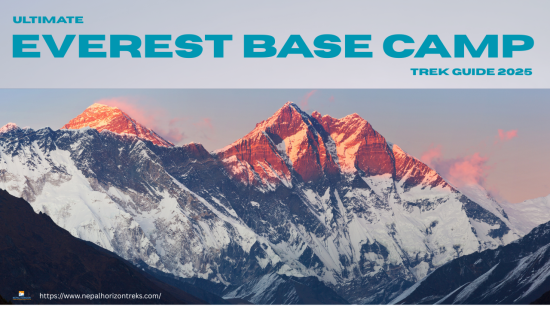Major Information about Nepal
22nd October 2022
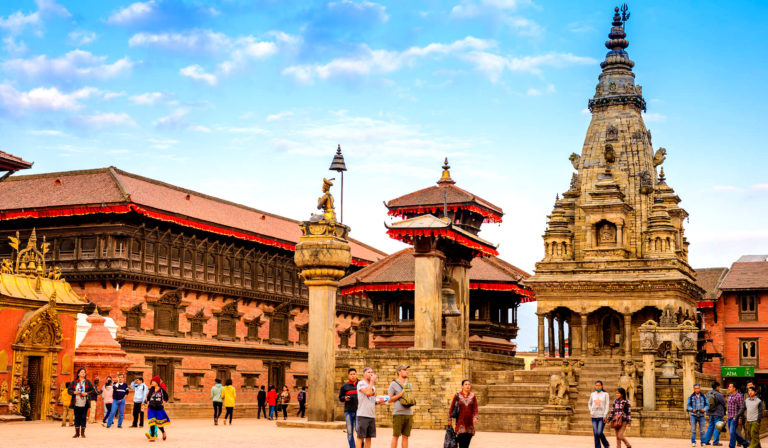
Nepal is located on the Himalayan mountain ranges' southern flanks. It is a landlocked nation bordered by China's Tibet Autonomous Region to the north and India to the east, south, and west. From east to west, its area spans about 500 miles (800 km), while from north to south, it stretches between 90 and 150 miles. Kathmandu serves as its capital. Nepal is a country that is multilingual, multiethnic, multiracial, and multicultural. Nepali is the language that is spoken the most, followed by a number of other ethnic languages. When the Kingdom of Nepal was founded in 1768, it launched a push to unite the areas that would later become the modern-day nations of Nepal.
The word "Nepal" first appears in the language during the Vedic era of the Indian subcontinent, which is connected with the founding of Hinduism, the country's main religion, in ancient Nepal. The nation was never colonized but acted as a bridge between British India and Imperial China. The introduction of parliamentary democracy occurred in 1951, although the Nepalese monarchs twice halted it, in 1960 and 2005. The world's last Hindu monarchy came to an end in 2008 when a secular republic was established as a result of the 1990s and early 2000s Nepalese Civil War. The country of Nepal is recognized as a secular federal parliamentary republic with seven provinces under the 2015-adopted constitution. In addition to signing friendship treaties with China and India in 1950, Nepal was admitted to the UN in 1955.
History of Nepal
Nepal is a Himalayan nation that was formed as a result of the tectonic collision of the Indian Plate and the Eurasian Plate. Nearly two thousand years of contraction and expansion, cultural interactions between visitors from Tibet and India, traditions, art, and architecture are all part of Nepal's rich past. A youthful and ambitious monarch of the small, underdeveloped hilltop kingdom of Gorkha made the decision one lovely day in the middle of the 18th century to conquer all the neighboring little kingdoms. Prithvi Narayan Shah was the man's name. He, therefore, traveled to India with his courtiers and purchased roughly 100 weapons and pistols. Nobody is aware of where he obtained the funds. The British East India Company, which was attempting to put an end to the crumbling Mughal empire at the time, might have been able to supply him with them. As part of their "divide and rule" strategy, the British used Hindu princes to fight Muslim kings throughout India. Nevertheless, the young monarch of Gorkha—which is still a small town—conquered successive surrounding kingdoms. At the time, Nepal was split up into a number of minor kingdoms headed by petty monarchs.
He took control of Kathmandu in 1768. He gave up his stone and mud home in Gorkha after capturing Kathmandu and relocated permanently there. His sons and grandchildren continued to grow the empire when he passed away. But Nepal lost the Anglo-Nepal war of 1814–1816 and was forced to relinquish 1/3 of the land it had taken. A few decades later, Nepal grew into a steadfast ally of the British Empire.
Local mythology says that the name "Ne," which belonged to a sage who lived in the Nepal Valley, is where the word "Nepal" came from (popularly called the Kathmandu Valley now). The word might alternatively have come from the name of a Nepalese ethnic group known as the Newar. The history of Nepal is divided into three parts Ancient, medieval, and modern.
Ancient
According to the Ancient History of Nepal, it comes from the Hindu and Buddhist forms of the legendary histories of the Newar community. This group of people contributed significantly to the development of Nepal as a nation and is now well-known among tourists for its ethnic jewelry.
The Kiratis, the first known kings of Nepal, arrived from the East around the seventh or eighth century BCE, marking the beginning of Nepal's history as it is currently understood. The Lichhavis, the first governing family with Indian ancestry, ousted the Kiratis at the start of the fourth century CE. The Lichhavis, who built most of Kathmandu's architecture and culture, presided over a prosperous Nepal throughout this time. The Changu Narayan Temple at Bhaktapur and the Pashupatinath Temple in Kathmandu are two of Nepal's UNESCO World Heritage Sites and are products of the Lichhavis.
Medieval
If the Lichhavis established Nepal's cultural foundation, the Mallas brought about a period of unparalleled cultural splendor. Over the course of their 550-year rule, they constructed several temples and palaces, supported the arts and humanities, and popularized the spectacular chariot festivities of Indra Jatra and Machhendranath. Additionally, they unified the entire valley and codified its rules, many of which were heavily influenced by Hindu ideals, such as the caste system. In the fifteenth century, Yaksha Malla partitioned the kingdom among his three sons, establishing the kingdoms of Bhaktapur, Patan, and Kathmandu.
Modern
The Shah rulers were symbolic figures in the 19th century, while wealthy families like the Rana dynasty held real power. The period that followed saw the establishment of democratic elections and a constitution. The period that followed saw the process of democracy. The years that followed were undoubtedly not happy ones because there were massive protests in the shape of the people's movement, the Maoist rebellion, and an unsuccessful democratic attempt. The 240-year-old monarchy in Nepal was announced to be abolished in 2008 when the country was declared to be the Federal Democratic Republic. Although it continues to struggle with modernization, Nepal has unquestionably made progress.
Geography of Nepal
Nepal has an area of 147,516 km2, is roughly trapezoidal-shaped, and is around 800 km (500 mi) long and 200 km (120 mi) wide (56,956 sq mi). It is situated between longitudes 80° and 89°E and latitudes 26° and 31°N. 75 million years ago, the Indian plate, which was then a Gondwana, a member of the southern supercontinent Gondwana, started to move north-eastward as a result of the seabed spreading to its south-west and later, south and south-east. This was the beginning of Nepal's defining geological processes.
Nepal is classified into the Himal-Pahad-Terai, three main physiographic belts. The Himalayan Range, which makes up the northern portion of Nepal, is a mountainous area covered in snow and located in the Great Himalayan Range. It has some of the highest peaks in the world, including Mount Everest, which is 8,849 meters (29,032 feet) tall and located near the Chinese border. Seven additional "eight-thousanders" in the world—Lhotse, Makalu, Cho Oyu, Kangchenjunga, Dhaulagiri, Annapurna, and Manaslu—are located in Nepal or on its border with Tibet. The mountain range known as Pahad typically lacks snow. The mountains range in height from 800 to 4,000 meters (2,600 to 13,100 feet), with subtropical climates found below 1,200 meters (3,900 feet) and alpine climates found beyond 3,600 meters (11,800 ft).
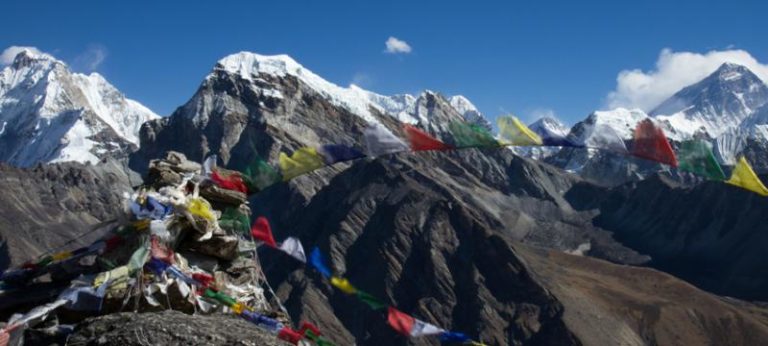
The northern border of the Indo-Gangetic Plain includes the southern lowland plains, or Terai, that border India. The lowland area known as Terai contains a few hill ranges. Three major Himalayan rivers, the Koshi, the Narayani, and the Karnali, as well as minor rivers rising below the perennial snowline, helped to form and feed the plains. The climate in this area ranges from subtropical to tropical. The Gangetic Plain is bound by the outermost range of foothills known as the Sivalik Hills or Churia Range, which rises to a height of 700 to 1,000 meters (2,300 to 3,280 feet). In a few locations, the Inner Terai Valleys, broad, low valleys, are located north of these foothills.
UNESCO world heritage site of Nepal
World Heritage Sites were defined by the UN's regulatory agency, UNESCO, as locations that belong to all people in the world. There are few monuments in Nepal that are included as UNESCO World Heritage Sites. There are four World Heritage Sites in Nepal: the Kathmandu Valley, Lumbini, Chitwan, and Sagarmatha National Park are all natural World Heritage Sites. Back in 1979, the Kathmandu Valley and Sagarmatha National Park were the first two places to meet the criteria for this designation. The fourth location, Lumbini, was added in 1997 after the Chitwan National Park quickly followed in 1984.
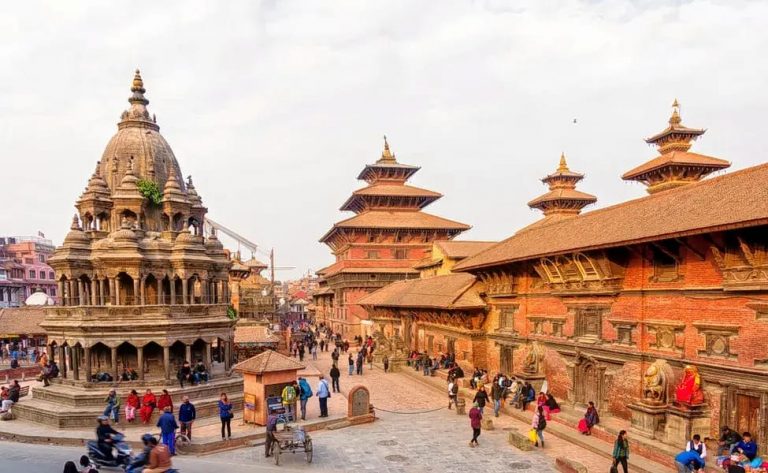
Some of the major UNESCO world heritage sites in Nepal are mentioned below-
-
Pashupatinath temple- It is a Hindu temple dedicated to Lord Shiva which is located on the bank of the holy river Bagmati Kathmandu, Nepal. Shivaratri, also known as "the Night of Lord Shiva," is the most significant festival celebrated here. The twelve Jyotirlinga in India is believed to form the body, with the Jyotirlinga housed in the Pashupatinath temple serving as the head.
-
Swayambhunath temple- Swayambhunath Stupa is the oldest and most mysterious religious site in the Kathmandu Valley. From every angle of the valley, one can see its tall white dome and dazzling golden spire. Swayambhu, which means "Self-Created or Self-Existent," came to be the name of the location as a consequence of the lotus' enigmatically dazzling light emission. Saints, sages, and divinities made their way to the lake to worship this mystical light for its capacity to bring about enlightenment.
-
Boudhanath temple- it is also known as Boudha by local people. The bones and ashes of Buddha are kept inside the semicircular Boudha stupa. The stupa is one of the biggest spherical stupas in the world due to its enormous mandala. The stupa was constructed by a Tibetan ruler in 600 AD. Many kilograms of gold were used in the stupa's ornamentation during construction.
-
Kathmandu durbar square- it is also known as Basantapur Durbar Kshetra situated in front of the old royal palace of the erstwhile Kathmandu Kingdom. The temples and courtyards are surrounded by quadrangles. The statue of Hanuman, the monkey devotee of Lord Ram, that is located at the palace's entrance gave the area its name, Hanuman Dhoka Durbar Square.
-
Patan durbar square- it is located at the center of Lalitpur, Nepal. Ancient sites, temples, and shrines known for their magnificent carvings are everywhere throughout the square. The former royal palace complex, which also houses a museum with a variety of bronze statues and sacred items, is the hub of Patan's religious and social life.
-
Bhaktapur durbar square- it is the palace of Fifty-five Windows which was constructed in 1427 AD during the reign of Malla King Yaksha Malla and remodeled in the 17th century by King Bhupatindra Malla. During its independence, it was regarded as the largest and grandest of the three, but today many of the structures that originally stood in the square have been destroyed by the numerous earthquakes.
-
Changu Narayan Temple- It is also known as Changu or Dolagiri, Changu Narayan is located in Changunarayan Municipality of Bhaktapur District, Nepal. It is surrounded by Champak tree forests and Changu, a small village.
-
Lumbini- It is the birthplace of Lord Budhha who was born in 623 B.C. Archaeological treasures connected to the birth of the Lord Buddha are a vital component of the site's development as a Buddhist pilgrimage center.
-
Chitwan national park- it is the first national park in Nepal founded in 1973, and in 1984 it received the designation of World Heritage Site. It is situated in the subtropical Inner Terai lowlands of south-central Nepal in the districts of Nawalpur, Parasi, Chitwan, and Makwanpur, and it has an area of 952.63 km2 (367.81 sq mi).
-
Sagarmatha national park- it is a national park in the eastern Nepalese Himalayas that dominates Mount Everest. With stunning mountains, glaciers, and deep valleys, Sagarmatha is a remarkable region that is dominated by Mount Everest, the highest peak in the world (8,848 m).
Attraction of Nepal
Nepal is an incredibly diversified nation that attracts tourists for a variety of reasons. Many are drawn by the culture and the famous city of Kathmandu, while still others come in search of a spiritual awakening. Kathmandu is also filled with a bucket of pilgrimage places. Kathmandu is also the best alternative for a pilgrimage tour in Nepal. Some are drawn by the call of the mountains and seek to climb or trek in the Himalayas. The Everest region, Langtang region, and Annapurna region are some of the most popular attractions in Nepal. Nepal can be a life-changing experience, an adventurous adventure, a cultural eye-opener, or all of the above. The majority of tourists visit the holy and historic sites in Kathmandu for a while before leaving for other regions of the nation. Outside of the city, Chitwan National Park, Bardiya National Park, and the lakeside town of Pokhara are some of the best sites to visit for wildlife viewing.
Recent From Blogs
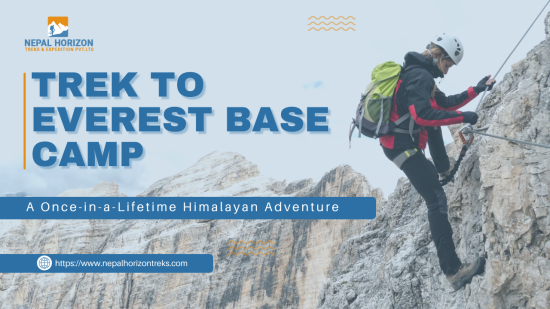
14th October 2025

12th October 2025

10th October 2025

7th October 2025

27th September 2025
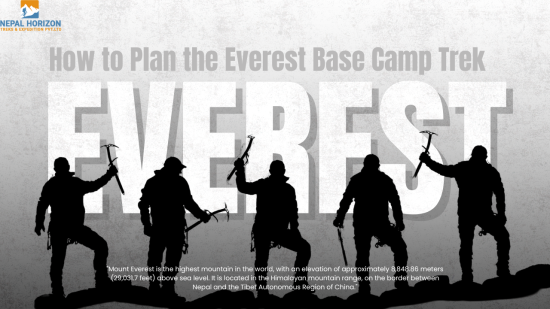
25th September 2025

22nd September 2025
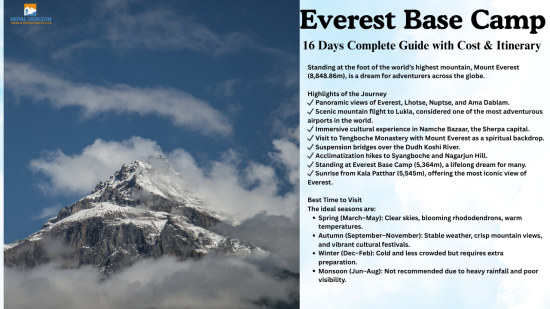
20th September 2025

17th September 2025
